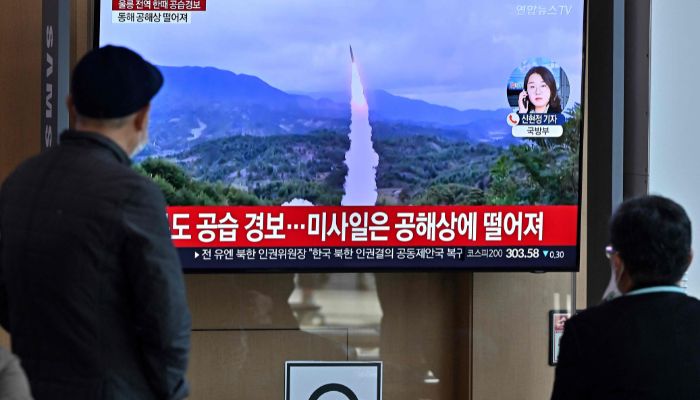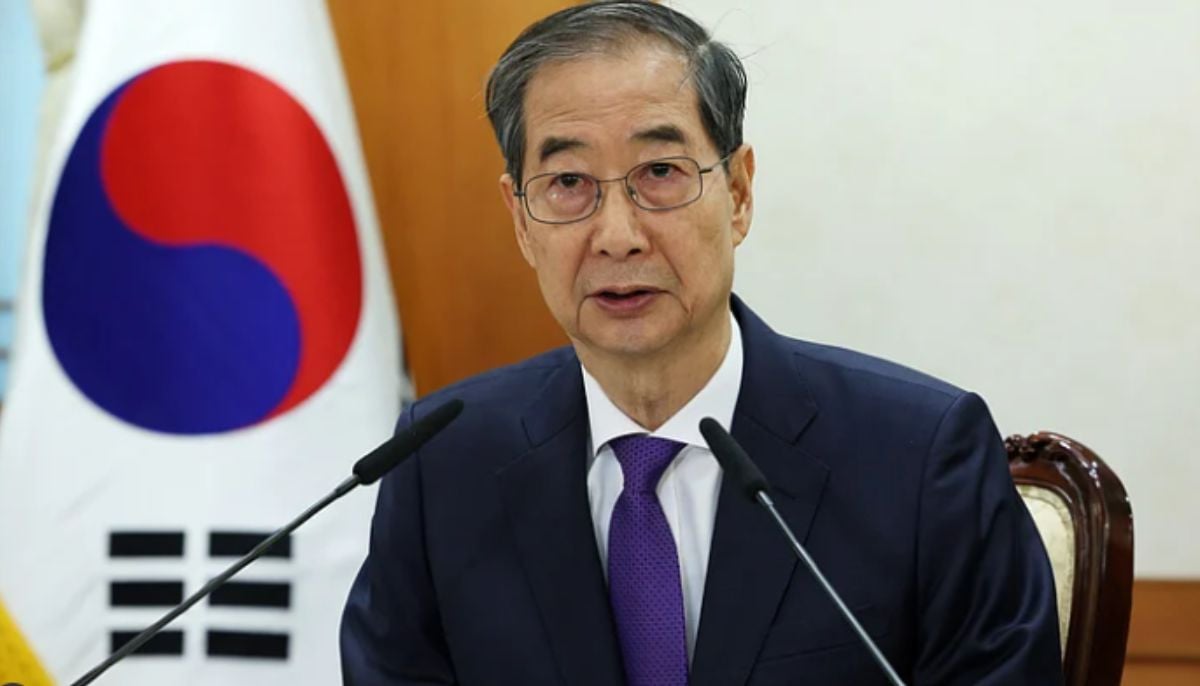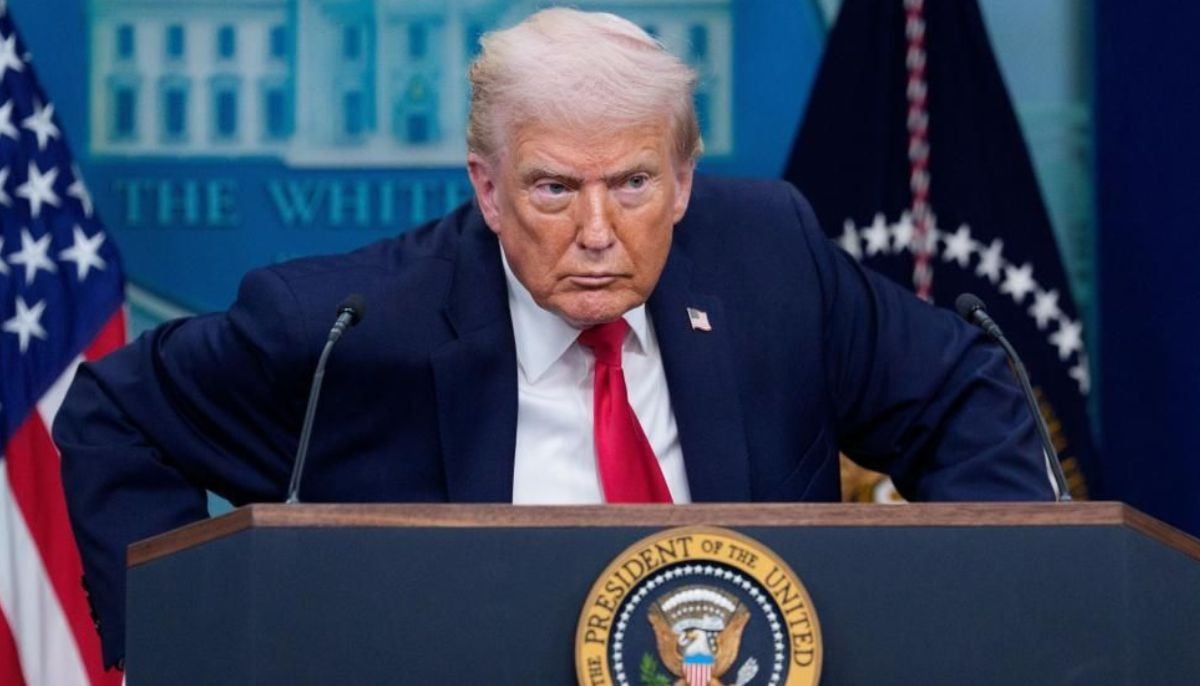North Korea fires four short-range ballistic missiles
Flurry of N Korean launches has included one that landed near S Korea's territorial waters for first time since end of Korean War
SEOUL: North Korea fired four short-range ballistic missiles into the sea on Saturday, the South Korean military said, the latest in a blitz of weapons launches by Pyongyang this week.
The flurry of North Korean launches has included an intercontinental ballistic missile and one that landed near South Korea's territorial waters for the first time since the end of the Korean War in 1953.
The launches came as the United States and South Korea conducted their largest-ever joint air force drills, which an infuriated North Korea described as "aggressive and provocative".
"The South Korean military detected four short-range ballistic missiles launched by North Korea from Tonrim, North Pyongan Province, to the West Sea at around 11:32 a.m. to 11:59 am today," South Korea's Joint Chiefs of Staff said in a statement.
Their "flight distance was detected at about 130 km (80 miles), an altitude of about 20 km, and a speed of about Mach 5", it added. Mach 5 represents five times the speed of sound.
The JCS said South Korean and US intelligence were conducting further analysis on the launches.
The United States and South Korea have warned that these launches could culminate in a nuclear test by North Korea, and extended their air force drills to Saturday in response.
The joint exercise, named Vigilant Storm, was originally scheduled from Monday to Friday.
Pyongyang has ramped up missile launches in protest against the US-South Korea air drills. Such exercises have long infuriated North Korea, which sees them as rehearsals for an invasion.
'Significant threat'
Vigilant Storm concluded on Saturday, with the US Air Force deploying two B-1B long-range heavy bombers on the final day in a ramped-up show of force.
Pyongyang has been particularly angered in the past by the deployment of US strategic weapons such as B-1Bs and aircraft carrier strike groups, which have been sent to and near the Korean peninsula in times of high tension.
While the supersonic B-1B no longer carries nuclear weapons, it is described by the US Air Force as "the backbone of America's long-range bomber force".
The USAF lists the Lancer's weapons payload as 34 tonnes (75,000 pounds), which can include cruise missiles and laser-guided bombs.
The B-1B's range can be extended by in-air refuelling, giving it the ability to strike anywhere in the world.
Ahn Chan-il, a North Korean studies scholar, told AFP that given the B-1B's status as a key strategic US asset, its deployment in the drills with South Korea will be seen as a "significant threat" by North Korea.
The B-1B deployment came a day after South Korea scrambled fighter jets in response to what it said was the mobilisation of 180 North Korean warplanes.
Experts say Pyongyang is particularly sensitive about these drills because its air force is one of the weakest links in its military, lacking high-tech jets and properly trained pilots.
Compared with North Korea's ageing fleet, Vigilant Storm has seen some of the most advanced US and South Korean warplanes in action, including F-35 stealth fighters.
At the United Nations Security Council on Friday, US Ambassador Linda Thomas-Greenfield dismissed criticism of Vigilant Storm as North Korean "propaganda", saying it posed no threat to other countries.
She assailed China and Russia during the emergency session, accusing them of having "enabled" North Korea.
Moscow and Beijing have in turn blamed Washington for the escalation, and the meeting ended without a joint statement from the Security Council.
-
Japan’s ex-PM Shinzo Abe’s killer is set to be sentenced: How much punishment could he face?
-
Therapist killed in office as former client launches knife attack
-
North Carolina woman accused of serving victims with poisoned drinks
-
'Greenland will stay Greenland', former Trump adviser hints at new twist
-
Stranger knocks, then opens fire on Indiana judge and wife
-
Japan unveils anti-ship missile with ‘barrel-roll’ evasion to outsmart defenses
-
Missouri couple ‘locked sons in chicken pen, shot them’ in shocking abuse case
-
Chinese ‘mega embassy’ wins UK approval in London ahead of Starmer’s China visit












